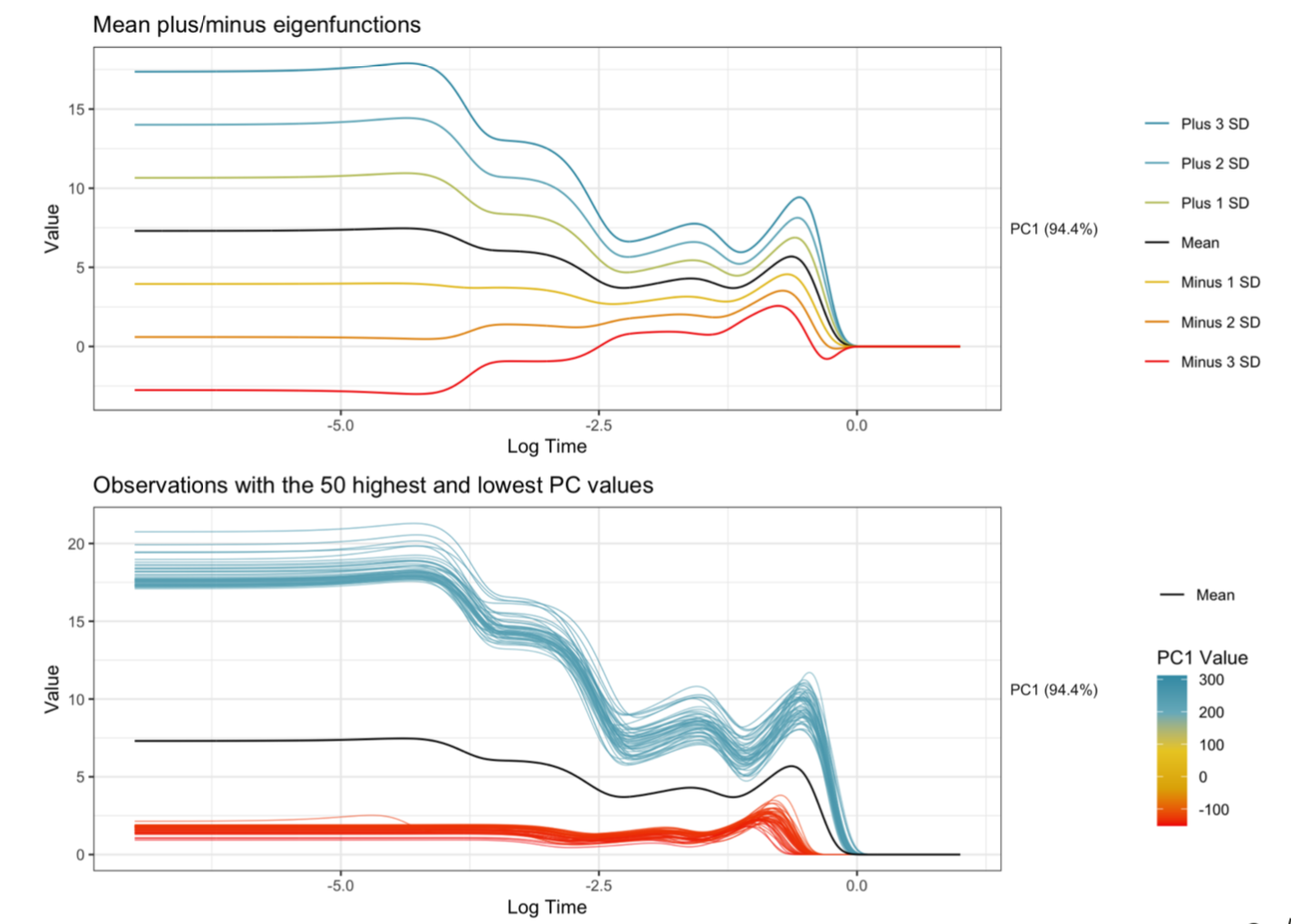
Explainable machine learning has become a quickly growing area of research as the use of black-box models continues to increase. While many methods have been proposed, little research has been done relating to applications involving functional data. As an intern at Sandia National Laboratories, I have been helping to develop methods to provide explanations for an application focused on predicting explosive device characteristics using optical spectral-temporal signatures from explosions. In this talk, I’ll discuss our approach that involves transforming the functions using functional principal component analysis, training neural networks on the functional principal components, and using permutation feature importance (PFI) to identify the principal components that are important for prediction.
Read more →

Machine learning models are excellent predictors, but it is impractical to interpret many of these models. Despite this impracticality, it is important to be able to explain predictions to assess and validate models. As a result, a field of research has recently developed in the explainability of machine learning models. In this talk, I will provide an overview of explainable machine learning with a focus on visualization methods. I will discuss philosophies of “explainability”, model agnostic and model specific visualization methods, and code for creating some of the visualizations in R.
Read more →



